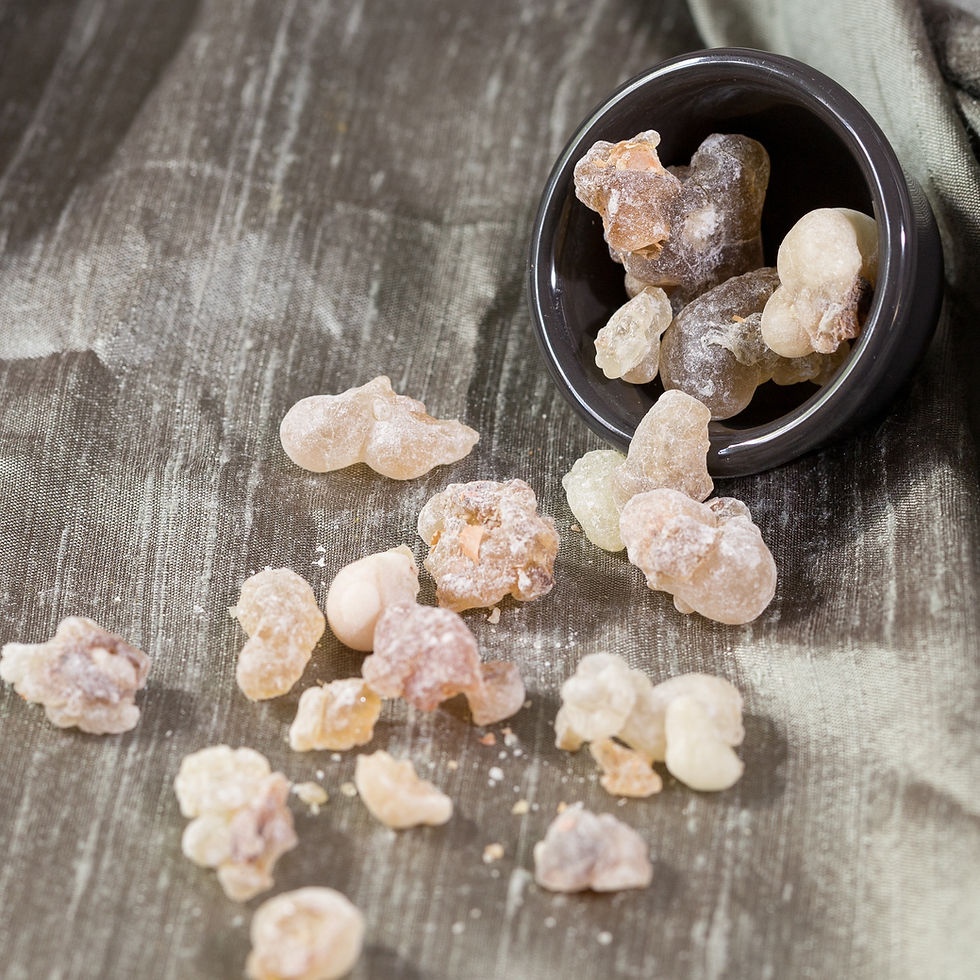Part 1 -Increase your chances of falling Pregnant
- Wendy Burke

- Jul 12, 2021
- 3 min read

Getting pregnant is actually not as easy as it sounds.
In fact, when I studied reproduction all those years ago in anatomy and physiology, I realised there are so many factors that have to be present for success. I was amazed that anyone ever got pregnant!
At the moment, it’s estimated in Australia that about 1 in 6 couples will suffer from infertility.
While we could debate all the reasons for this, it is agreed generally that the number of infertile couples is going up, and not down.
There are some more complex medical issues that can impact fertility, but there are also a number of everyday actions that you can take that can improve your chances.
Importantly these things can not only help your chances of getting pregnant – they can also help your chances of having a healthy baby.
This is a subject that I’m passionate about so heads up this blog is not a quick couple of paragraphs thrown together. It’s designed to provide you with the baseline support you need for your journey to get pregnant from a Naturopath who has spent years studying women’s health.
Grab a tea, have a seat, strap yourselves in sports fans and let’s have a look….
1. Know your cycle and your body signs
Do you track your cycle? Do you know when you ovulate?
It might sound really obvious, but ovulation is the key to pregnancy.
Once a woman has ovulated, the egg is only viable for fertilisation for 12 to 24 hours so there is not a big window of opportunity. However, sperm can survive up to 5 days in the reproductive tract.
If you have been tracking your cycle for some time and you are aware of ovulatory patterns, then you can increase your chances of getting pregnant by having sex before ovulation. Research indicates that in general, the day before ovulation results in higher pregnancy rates.
What does this mean for you?
Track your period and ovulation.
If you are not doing so already, then download one of the many free period tracker apps available. Most of them now have the ability to track cervical fluid as well as menstrual bleed.
Throughout the course of your cycle, fluid volume and appearance will change as your hormones change. As you approach ovulation, cervical fluid becomes thin, clean, and slippery, much like egg white. Tracking your fluid for a number of months will give you great information about when you are most fertile.
Basal body temperature charting can also be useful too.
Your body temp drops just a little bit before ovulation and then when we ovulate, your body temperature goes up and stays up for several days. To be clear here, we are only talking about a .5-degree rise. Best time to take your temp is in the morning before you get out of bed and move around. Yes, that means before you get up to pee too.
Once you have tracked cervical fluid and body temp for a few months, you it will give you some great information about your ovulation patterns. It can also mean that if your cycle is a bit wonky you can find out that sooner rather than later and seek help from someone who specialises in this area.
Information gives the power of informed decision making.
In this case it gives you the power to understand yourself and make decisions about your own health and fertility.
Written By Wendy Burke
-01.jpg)



Comments